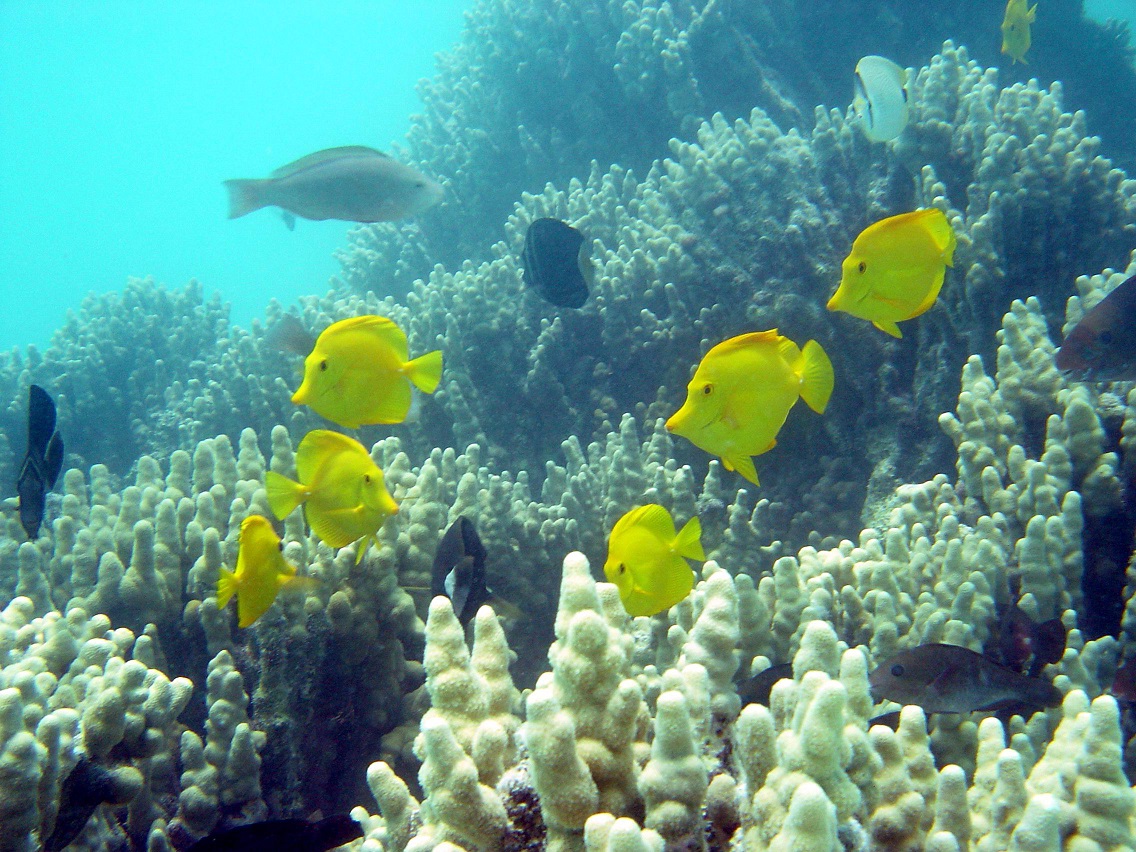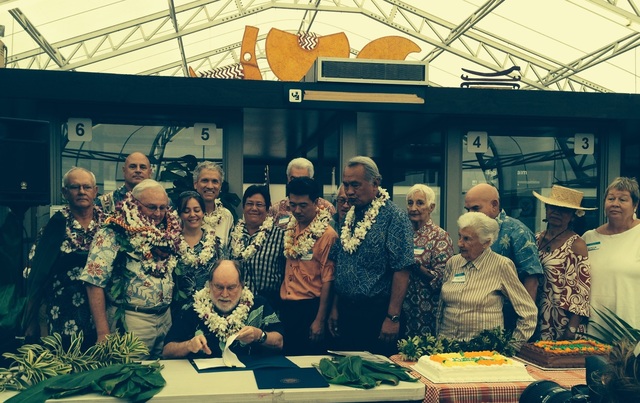Governor Neil Abercrombie signed the controversial West Hawaii Regional Fishery Management Area Rules which limits the collection of many commonly kept marine aquarium fishes from Hawaii . The rules are the result of ten years of the discussion and debates to regulate and protect the marine resources in West Hawaii. However, the rules may The council was developed in the late 1990’s to manage conflicts over fishing. The new rules apply in the West Hawaii Regional Fishery Management Area, which is about 147 miles from Upolu Point, North Kohala to Ka Lae, Kau.
The new rules include :
- Prohibit take or possession of nine species of inshore sharks, rays and two invertebrate crown-of-thorns predators;
- Establish a list of 40 fish species permitted for aquarium take with size and bag limits on three of these species (No other fish may be collected for aquarium use).
- Establish a 1,500-foot section of Kaohe Bay (Pebble Beach) in South Kona as a Fish Replenishment Area (FRA) where aquarium collecting and/or recreational fish feeding is prohibited;
- Prohibit scuba and/or re-breather spear fishing or possession of such gear with a spear and/or speared aquatic life;
- Clarify the boundaries of Puako Bay and Puako Reef
- Clarify the no-netting boundaries of the Keauhou Bay Fisheries Management Area.
The ban will be in effect for ten years. It would apply to all fish and marine life within the designated area. The immediate implication to hobbyists on the aquarium fish collecting ban will likely be an increase in the price of Hawaiian fish due to a supply constraints. Aquarium fish collectors worry that the ban will start a precedent in other areas of the island.
Gov. Abercrombie said: “I felt it was important to take the time necessary to consider views from the community on both sides of the issue. An important component of the rules package is the understanding of our responsibility to continuously reevaluate its impact to ensure that we are achieving desired outcomes. This approach in the West Hawaii region will allow scientists, managers, those who fish, and the community to effectively evaluate the evidence. It will also help the community and the state to test adaptive management strategies for our marine resources through monitoring and enforcement,” “I felt it was important to take the time necessary to consider views from the community on both sides of the issue. An important component of the rules package is the understanding of our responsibility to continuously reevaluate its impact to ensure that we are achieving desired outcomes. This approach in the West Hawaii region will allow scientists, managers, those who fish, and the community to effectively evaluate the evidence. It will also help the community and the state to test adaptive management strategies for our marine resources through monitoring and enforcement.”
The importance of protecting reefs and wild fish stocks is undisputed. The new fishing fishing rules should serve as a wake up call to prompt consumers to demand and be willing to pay for captive raised marine fish to help reduce collecting pressures on wild stocks. The aquarium industry as a whole must also do its part by investing in and supporting more captive breeding programs.
Responsible aquarium hobbyists can have an immediate positive impact in preserving wild stocks by following best practices that allow us to keep our fish alive and healthy longer. Proper education, quarantining new fish, performing regular tank maintenance and buying from reputable dealers will go a long way in helping to preserve our natural resources while also allowing us to enjoy this great hobby for generations to come. MORE











0 Comments